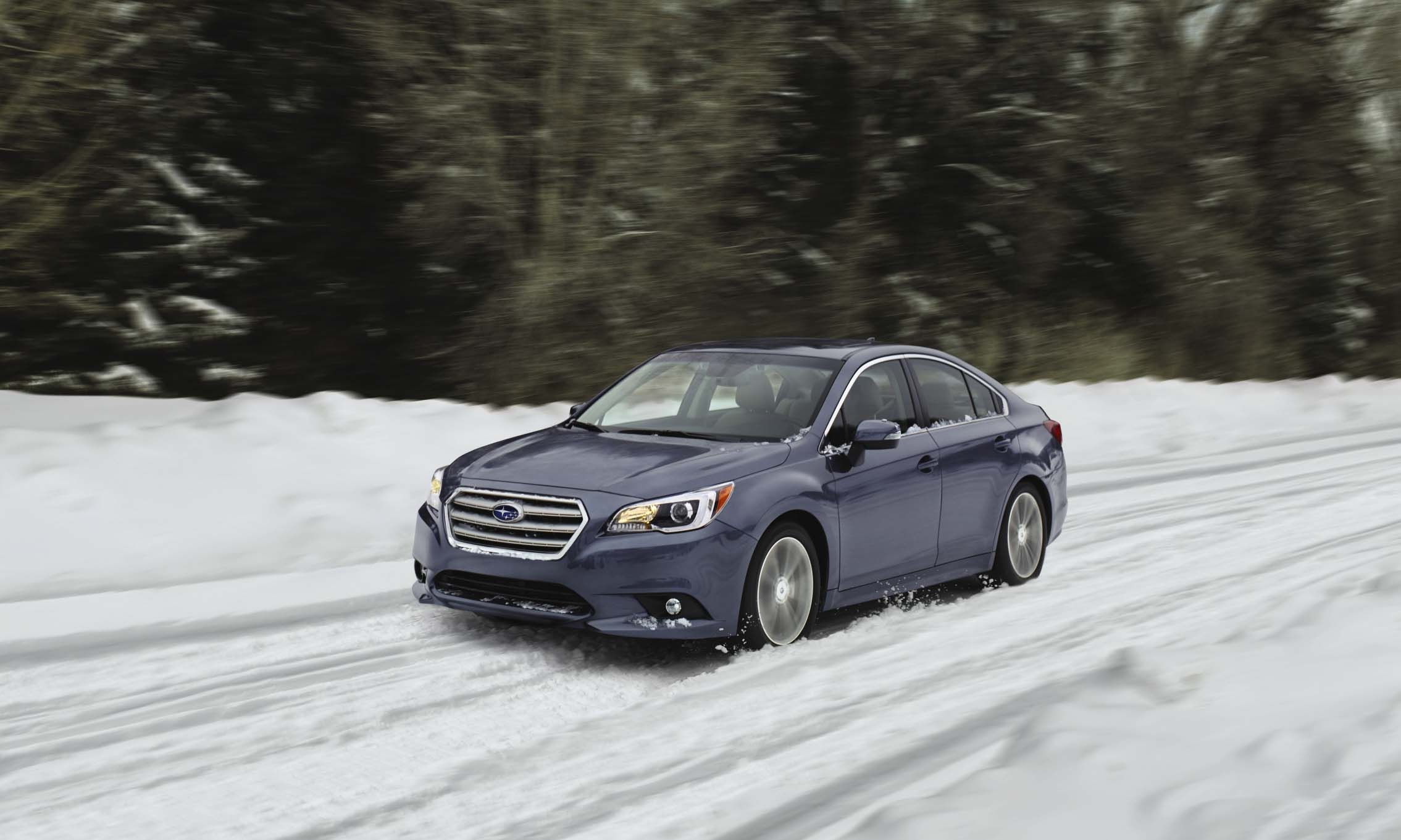
One of the most critical factors of an automobile’s performance and safety is its tires. Unfortunately, most drivers seldom give tires a second thought beyond a minimum level of inflation and legal tread depth. However, during months of unpredictable winter weather it’s important for drivers to understand what level of performance to expect from their tires in adverse conditions, and to seriously consider whether to equip their vehicles with winter tires.

To learn more about modern winter tires and gain some valuable insight, we attended the Michelin / Tire Rack Winter Driving Experience at the University of Notre Dame, where we drove vehicles on hockey rinks at the Compton Family Ice Arena. What did we discover? Even at low speeds, winter tires deliver dramatic performance compared to original-equipment all-season tires. Before we get to the results, let’s look at what goes into a modern winter tire.
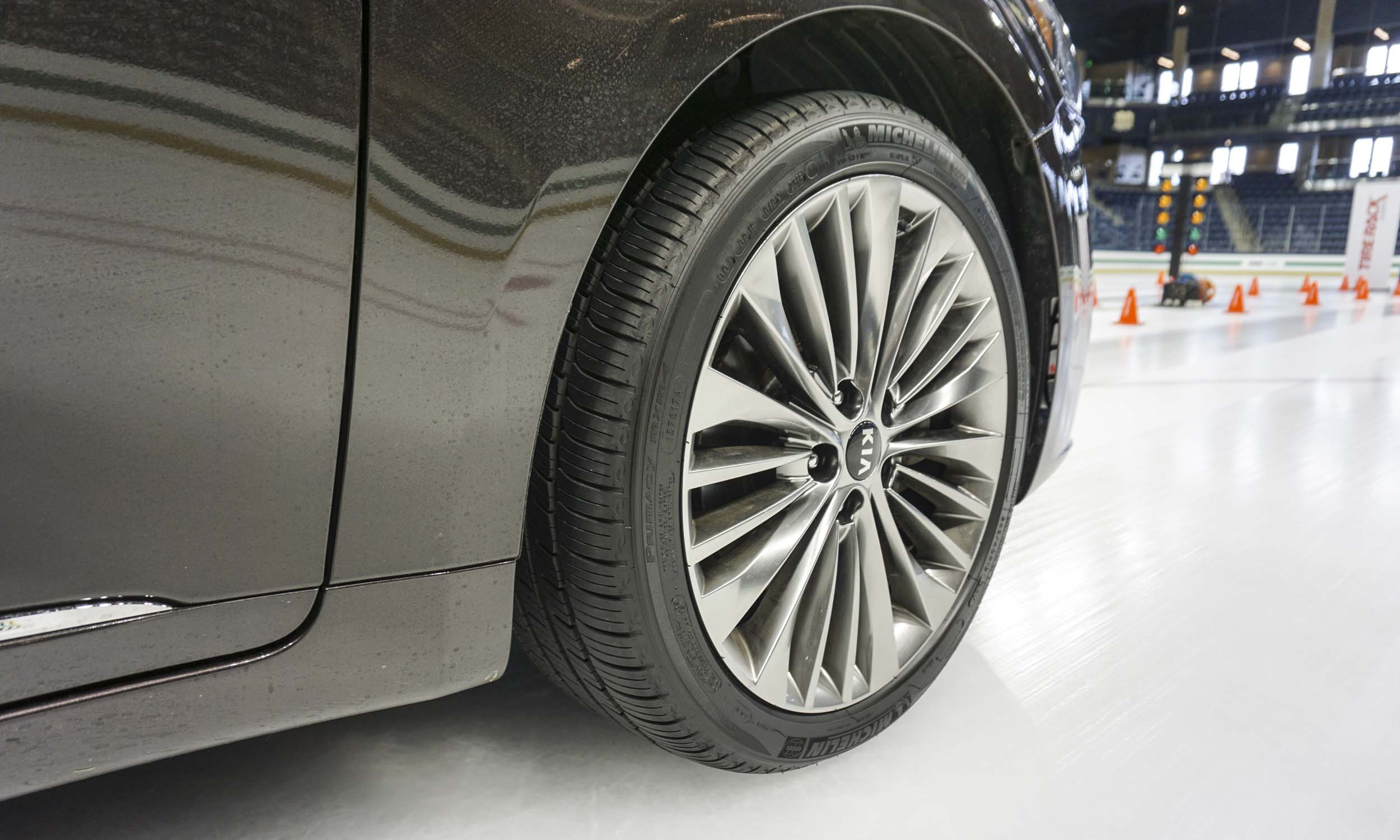
Because no single tire type can deliver optimal performance in every situation across a wide variety of conditions, all tires are a compromise. Tires are designed to strike a balance between competing goals such as dry traction, wet traction, acceleration, braking, cornering, tread life, rolling resistance, price and others. An extreme example at one end of the tire spectrum would be a race tire with no grooves and a very soft rubber compound that delivers excellent traction in warm, dry conditions. At the other end would be a true winter tire that provides exceptional performance on snow and ice but loses performance in warmer temperatures. Most other tires fall somewhere in between.
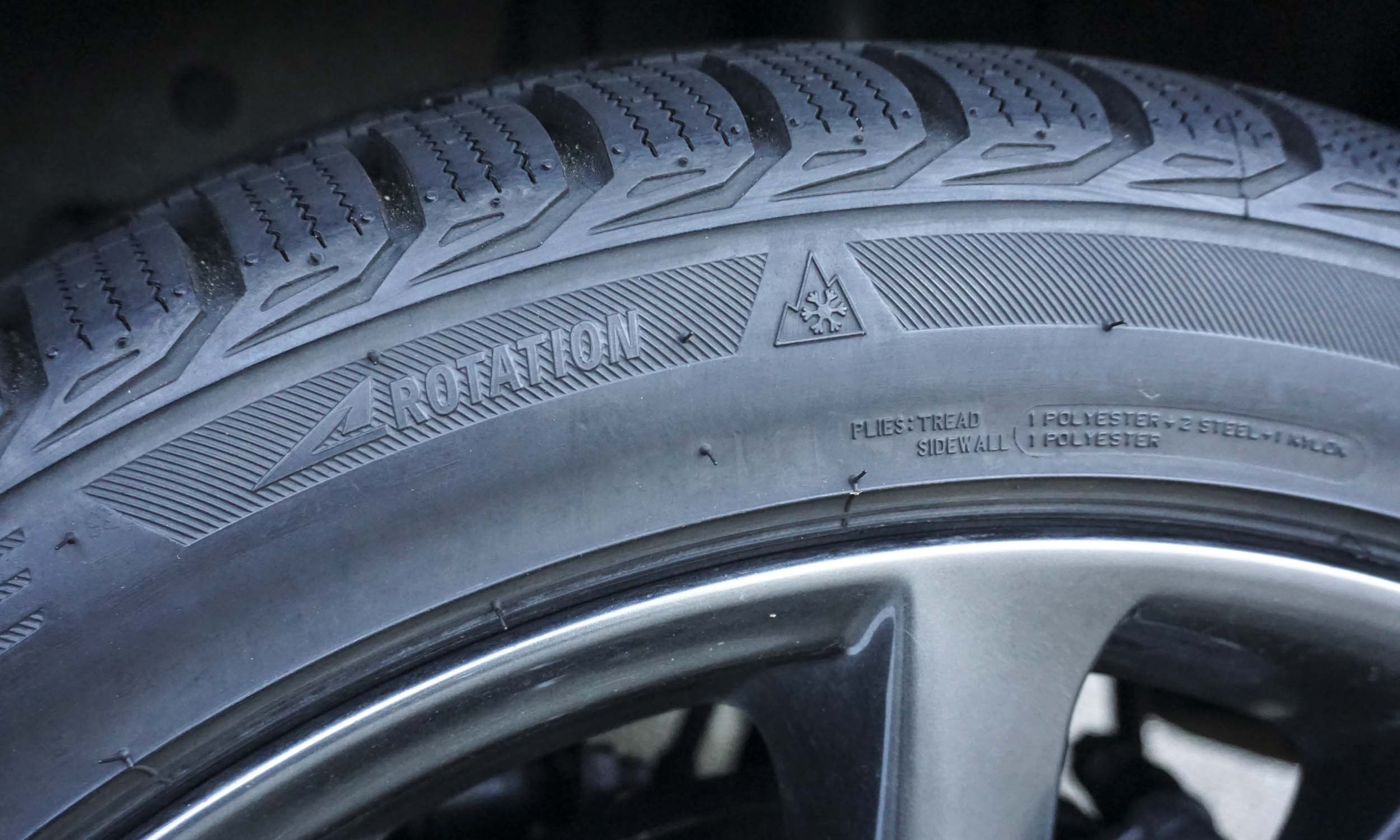
True winter tires are designed to perform at their best when weather conditions are at their worst, providing advanced traction in extreme winter weather, including ice and snow. Winter tires carry the 3PMSF (Three-Peak Mountain Snowflake) symbol on the sidewall. Although many tires carry the M+S symbol for Mud and Snow on the sidewall, the threshold for M+S is very low, and the M+S symbol alone is not a good indication of how a tire will perform in winter conditions. When shopping for winter tires, be sure to check for the 3PMSF symbol on the sidewall.
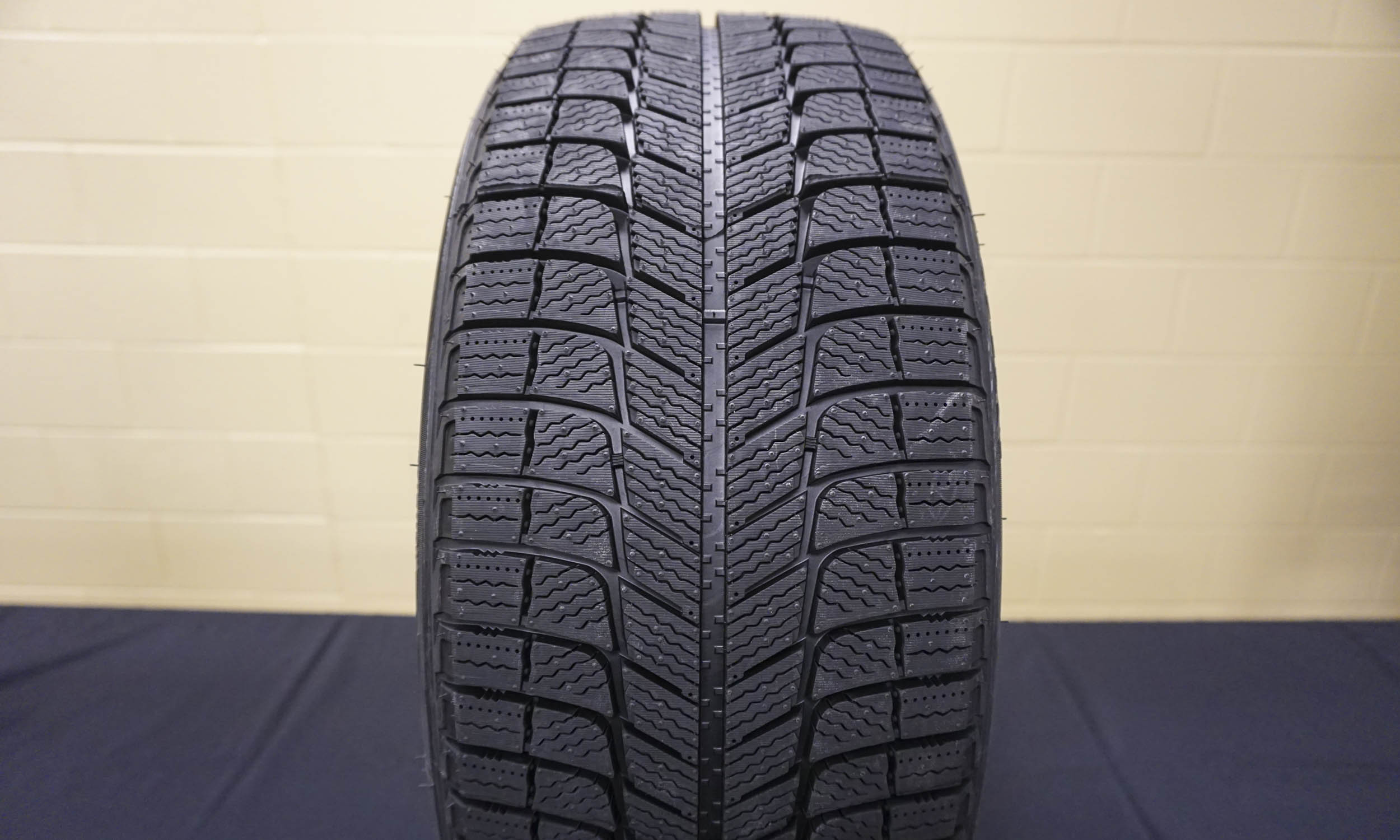
To deliver traction in severe winter conditions, winter tires combine the mechanical aspects of tread design with material components to maximize performance in cold temperatures. The mechanical aspects of the tread are designed specifically for snow and ice conditions, including tread blocks, block edges, sipes, sipe angles and pumps to remove water. (Sipes are small groves in the tread blocks that create additional edges to grip the surface, particularly in icy and snowy conditions.) For winter tires, the tread compound is engineered to remain flexible and perform best at temperatures below 44 degrees Fahrenheit — above that temperature, most drivers will notice a deterioration in traction. When temperatures reach 60 degrees and above, there is a considerable drop in performance; therefore, winter tires should be replaced with summer or all-season tires when the average temperature is above 50 degrees.
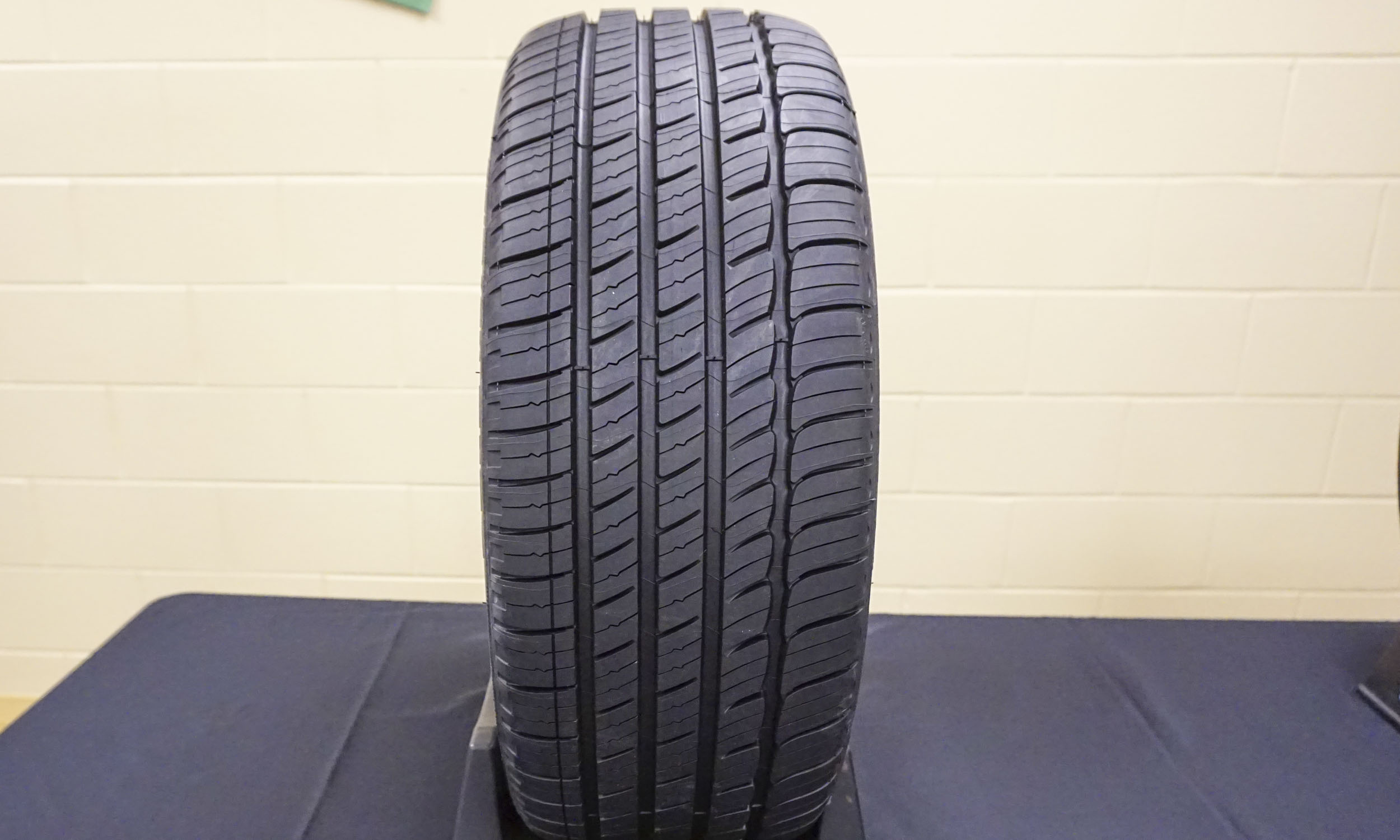
The first winter tire was developed by Nokian and patented in 1922, but all-season tires were not developed until more recently. Introduced in 1977, the first all-season tire was the Goodyear Tiempo, and today all-season tires are the original equipment on many new cars and SUVs. All-season tires are designed to perform well in dry and wet conditions, but also offer some level of performance in moderate winter conditions; however, they do not provide the level of advanced traction in extreme weather that winter tires offer.

Let’s face it – no matter what the climate, the main objective of having the best tire for the conditions is to remove as much stress as possible from driving. In certain parts of the country such as most of California, most of Texas, the Gulf States and Florida, winter tires are not a factor. And in northern states, the Northeast and mountain areas where there are days, weeks or even months of severe winter weather, winter tires are a must. But in areas where the weather is less consistent throughout the winter season, the key is choosing a tire that provides sufficient traction for a variety of conditions. In areas of light winter weather, all-season tires are usually the best choice, but in areas that experience both moderate and severe weather, the choice gets tricky.
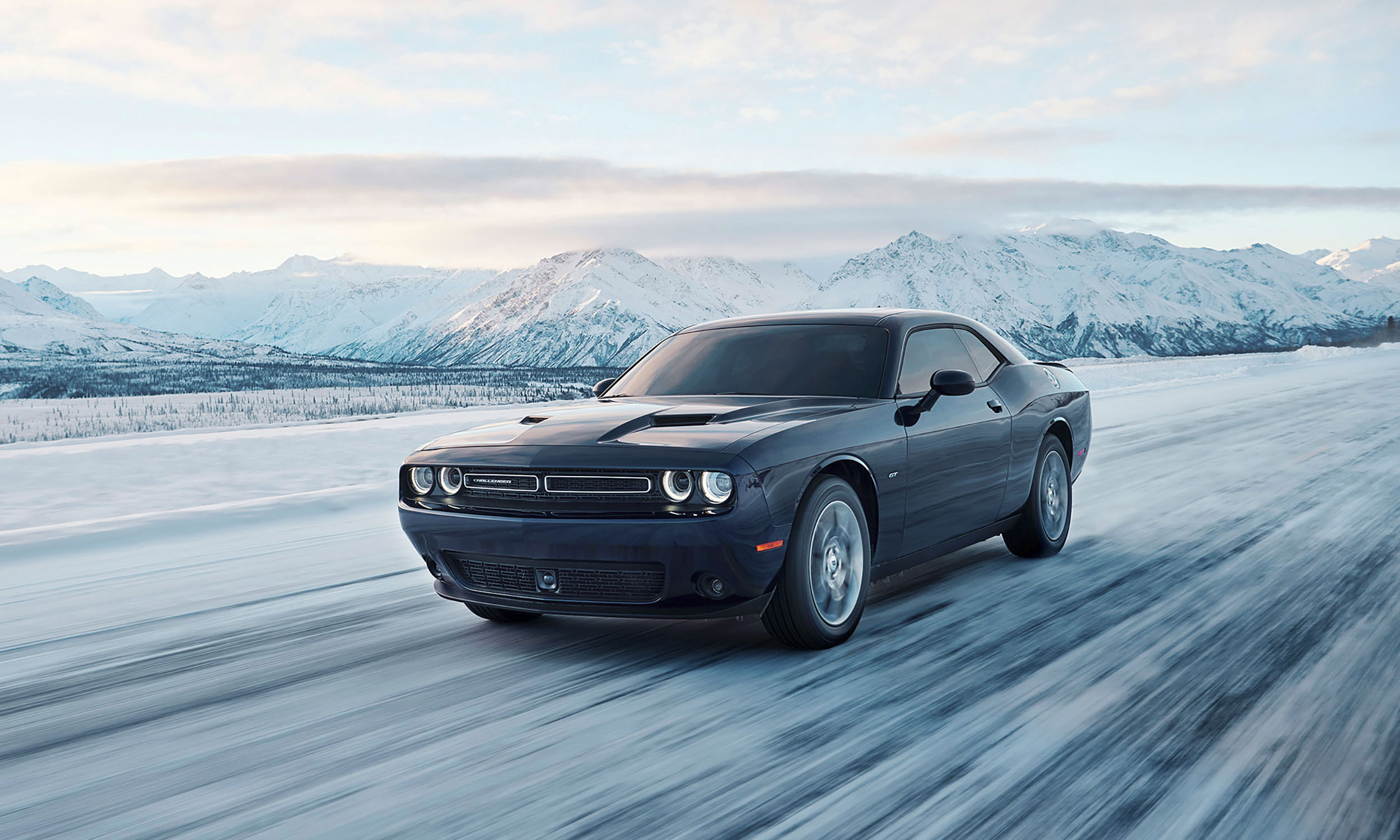
Winter tires perform at their best when weather conditions are at their worst, so drivers who live in areas of moderate to severe weather should choose winter tires for the best performance in the worst conditions. But if those conditions only occur on a handful or days or less, all-season tires may be the best answer. All-season tires offer a moderate level of performance in severe conditions, but in general will perform better than winter tires in warmer, wetter conditions, so it’s a compromise based on the winter season where drivers live. But don’t expect all-season tires to equal winter tires on the worst days. The best performance on the worst days will come from true winter tires.
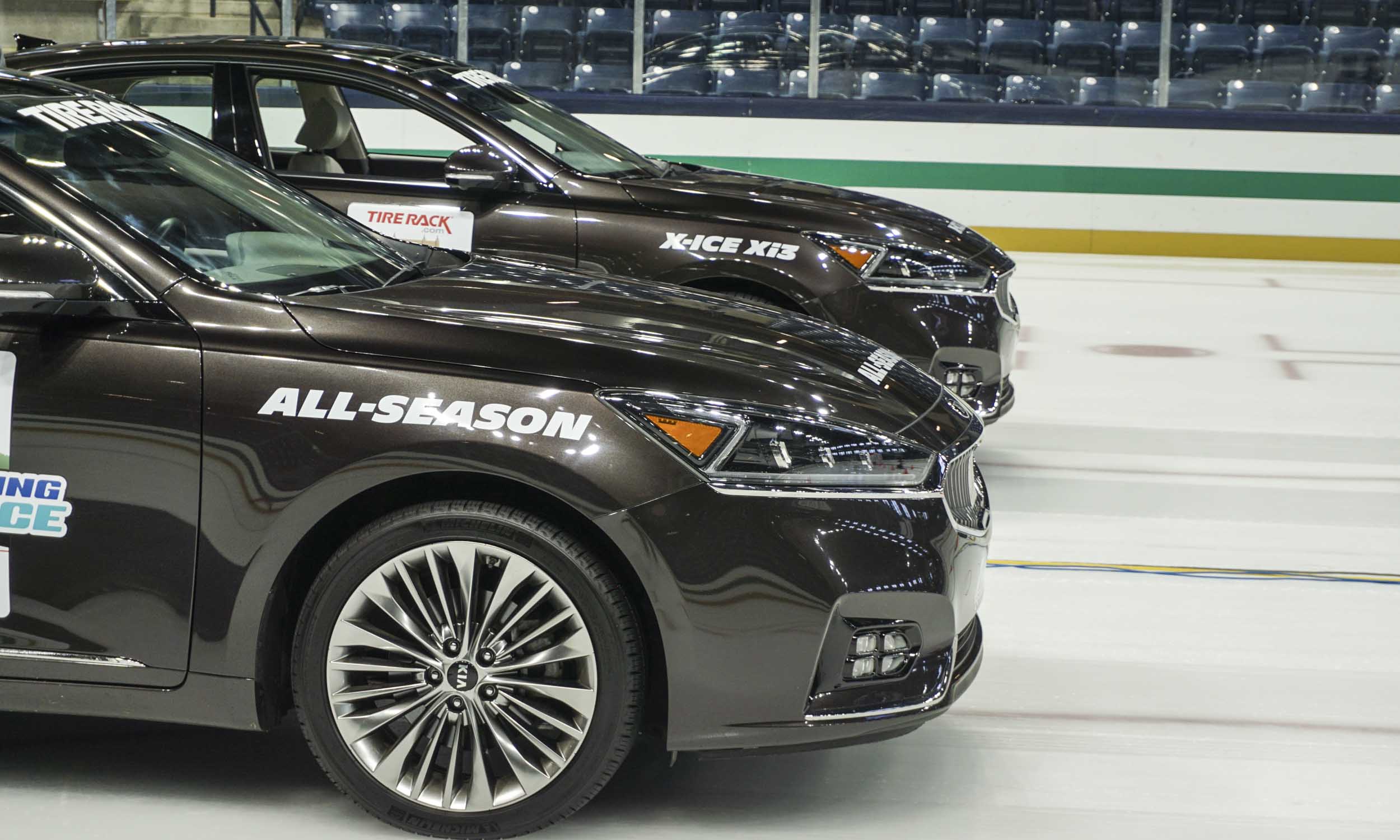
The good news is that many of today’s all-season tires perform better in adverse conditions than previous generations, while the latest winter tires perform better than earlier models when conditions begin to warm up. What hasn’t changed are summer tires — especially high-performance summer tires — which do not offer any grip in snowy or icy conditions. Driving in severe weather conditions with summer tires is dangerous, even with all-wheel drive. Many tire retailers such as Michelin and Tire Rack offer extensive online resources about their products, including detailed tire tests, consumer reviews and even live advisors to help drivers decide which product will best suit their needs.
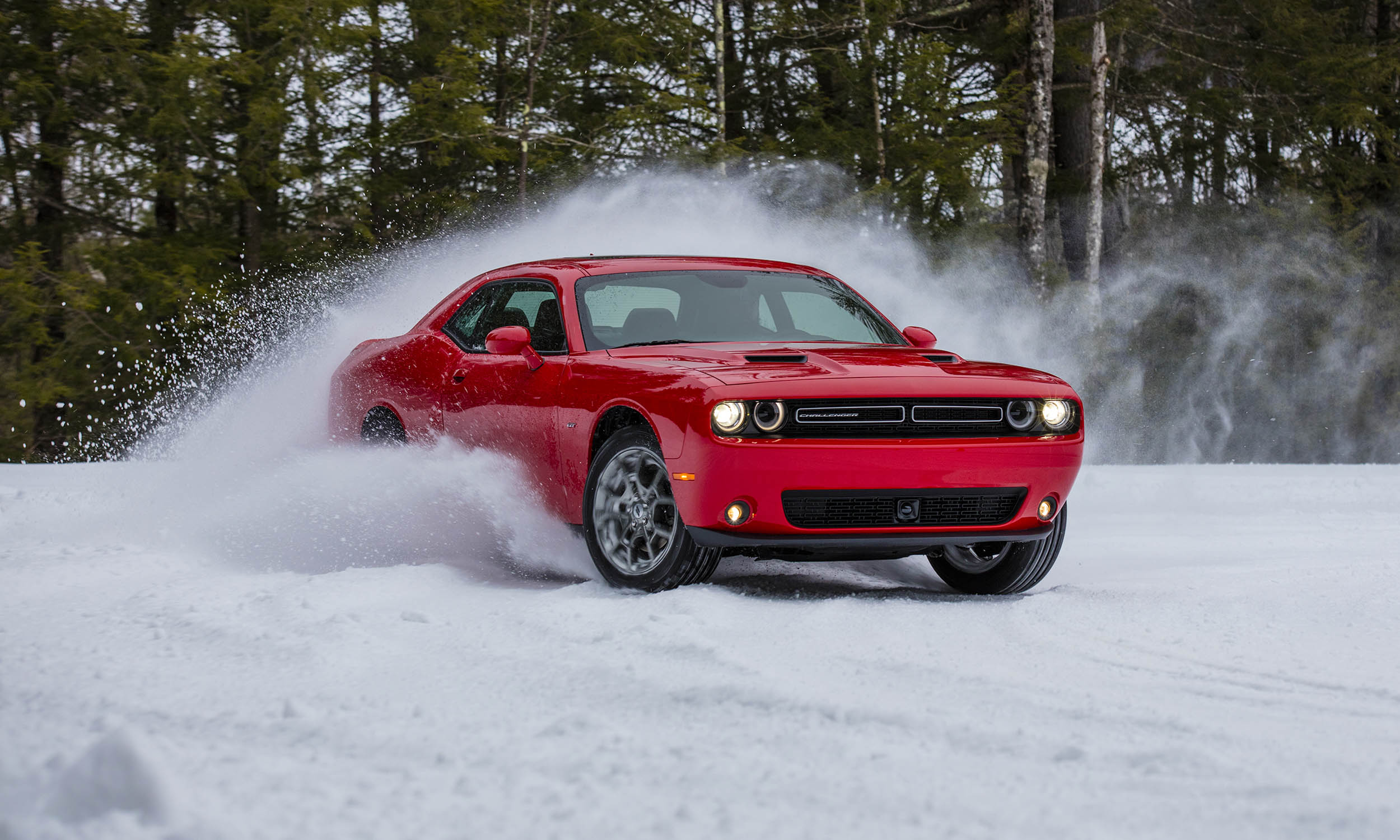
Contrary to popular thought, all-wheel drive alone is not enough for severe weather conditions. All-wheel-drive vehicles still require all-season or winter tires for maximum traction. All-wheel drive helps with acceleration in slippery conditions, but does not improve braking or cornering in ice or snow when tires have little or no grip. Today many high-performance vehicles are available with all-wheel drive, and they are often equipped with high-performance summer tires. Even with all-wheel drive, high-performance summer tires are a recipe for disaster in winter conditions. In extreme winter conditions, a front-wheel-drive car on winter tires will out-perform an all-wheel-drive car on summer tires every time.
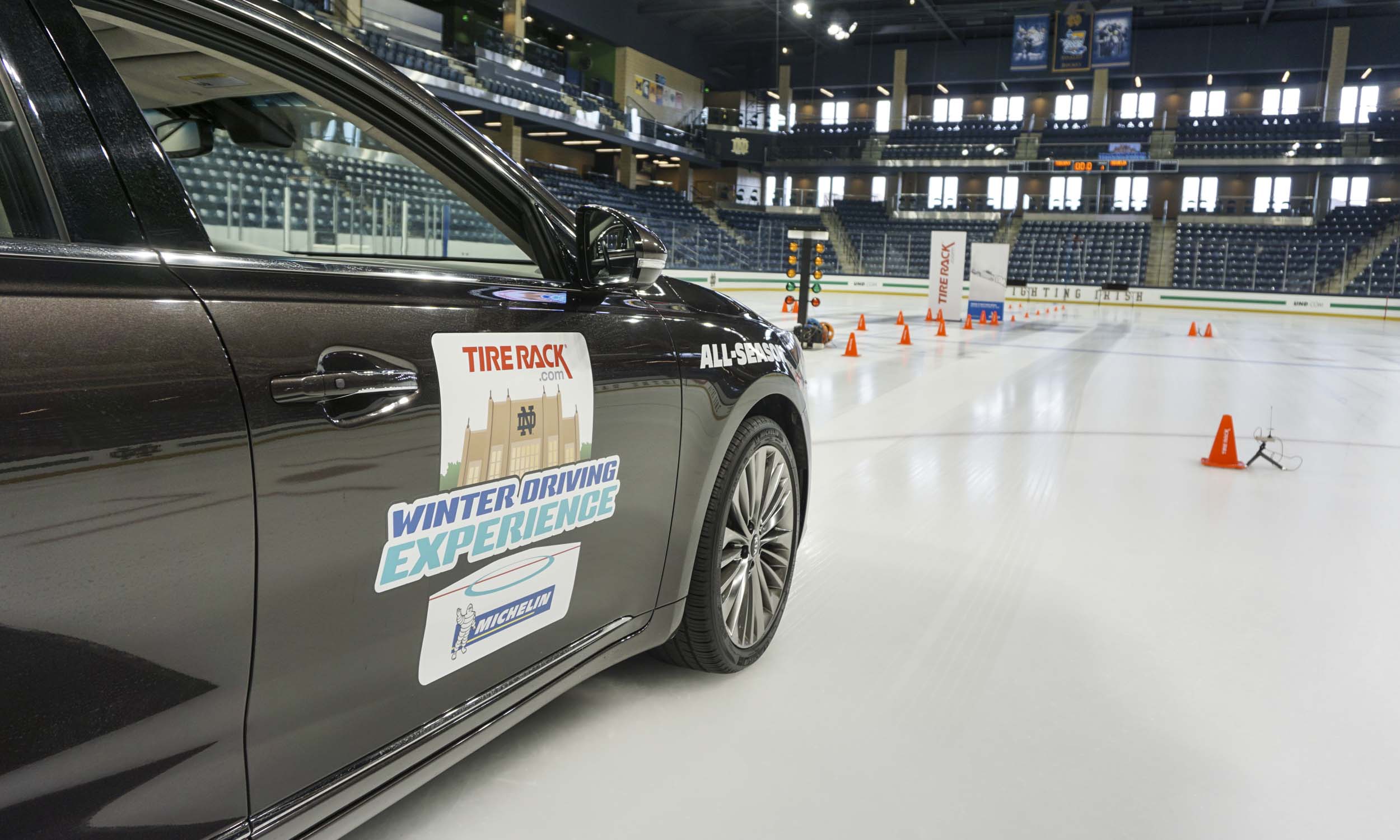
Thanks to Michelin and Tire Rack, we had the opportunity to test winter tires on ice at the University of Notre Dame Compton Family Ice Arena and compare them to original equipment all-season tires. We drove front-wheel-drive Kia Cadenza sedans equipped with Michelin X-Ice Xi3 winter tires, and all-wheel-drive Kia Sportage crossovers fitted with Michelin Latitude X-Ice Xi2 winter tires. Although the results were not surprising, they were dramatic — the winter tires excelled on ice, and the all-season tires quickly revealed their shortcomings.
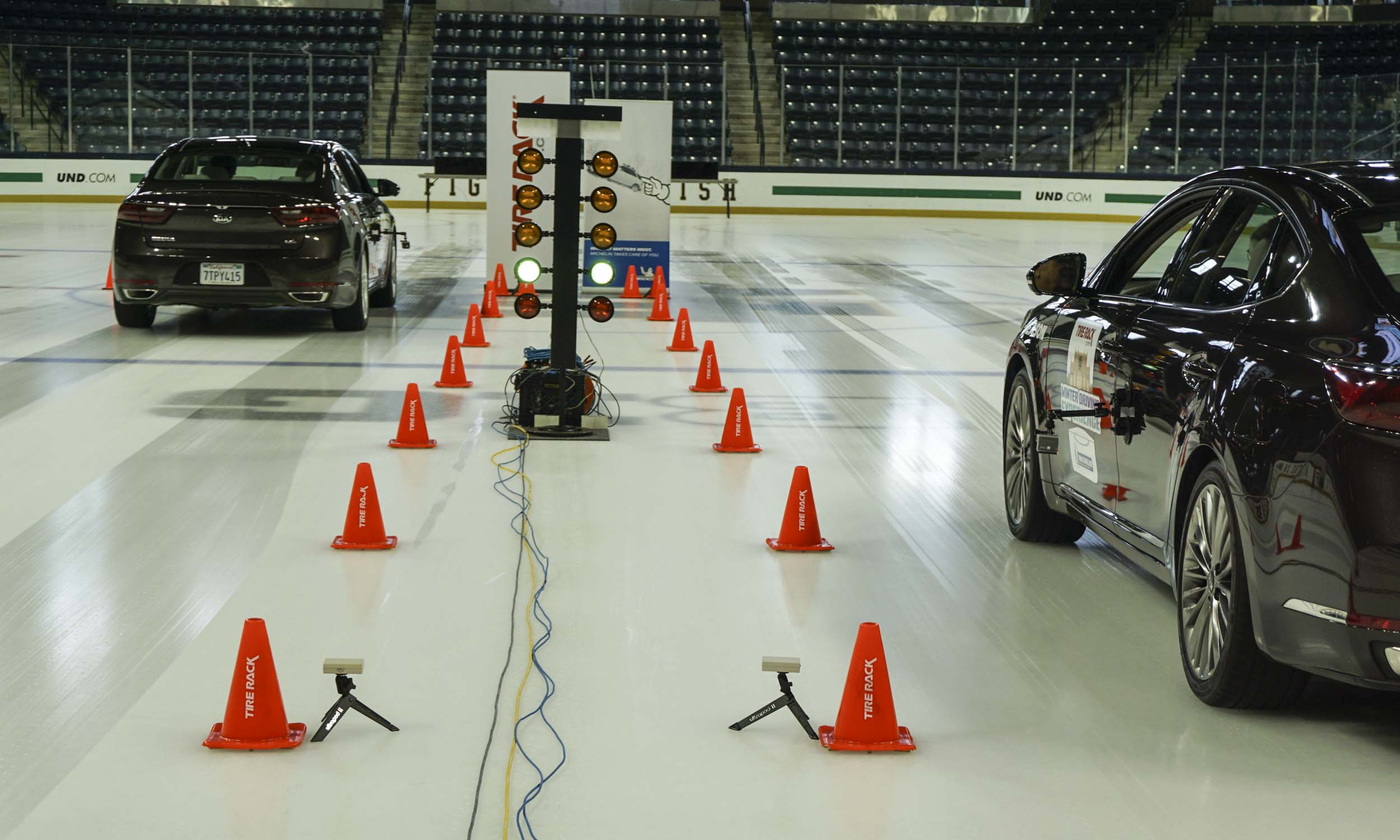
The first test was straight-line acceleration with front-wheel drive Kia Cadenza sedans, measuring the time to cover 60 feet on the ice. With the Michelin X-Ice Xi3 winter tires the time was consistently under 6 seconds for several drivers, but times varied with all-season tires between 9 and 11 seconds. This equated to 50–100 percent more time to cross an intersection or pull out into traffic if there is ice on the road with the original-equipment Michelin Primacy MXM4 all-season tires.

The next test was acceleration and braking with the all-wheel drive Kia Sportage crossovers, comparing the speed over 60 feet between the two tires. As expected, all-wheel drive is an advantage when accelerating and average speeds were close, with the winter tires at 16.5 mph and the all-season tires at 13 mph, but the all-season tires took farther to stop even at lower speeds. Analyzing the data to compare the distance of both vehicles traveling at 20 mph, the winter tires stopped in 88.6 feet, but the all-season tires required 121 feet — a significant difference when trying to control a vehicle in icy conditions.
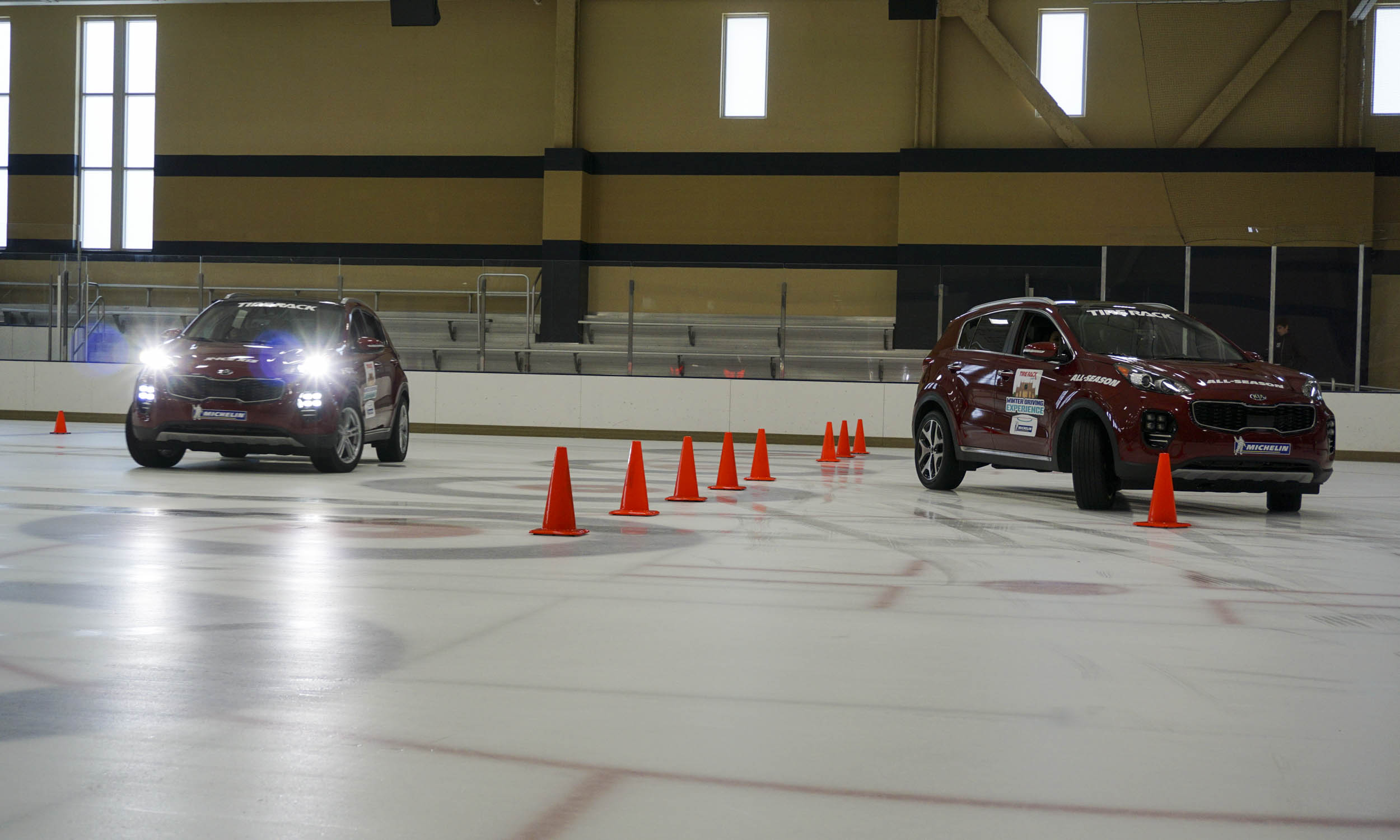
The final test conducted in the all-wheel-drive crossovers revealed the most dramatic difference between winter tires and all-season tires on ice. At a very low speed of 10 mph, both vehicles attempted a 90-degree turn on the ice. With the all-season tires, each time drivers turned the wheel the front tires would begin to slide on the ice and the vehicles would slide into the line of cones marking the edge of the course, while the vehicles with winter tires would easily complete the turn at the same speed. In the real world, the same circumstances would mean the difference between ending up in a ditch — or an oncoming lane of traffic.

For a vehicle to be at its best in the worst winter conditions, it needs winter tires. In many parts of the country, drivers may be able to cope with all-season tires on the few days when conditions get ugly; but even in areas of moderate winter conditions, in most cases winter tires will be better on any day below 40 degrees. Most drivers own a vehicle for five to six years and will need to buy a new set of tires during that time. If drivers buy a set of winter tires and use them four or five months of the year, the other tires will last longer and will not need to be replaced for several more years. Clearly, winter tires give vehicles a performance advantage in the most severe driving conditions, and help remove winter driving stress.








